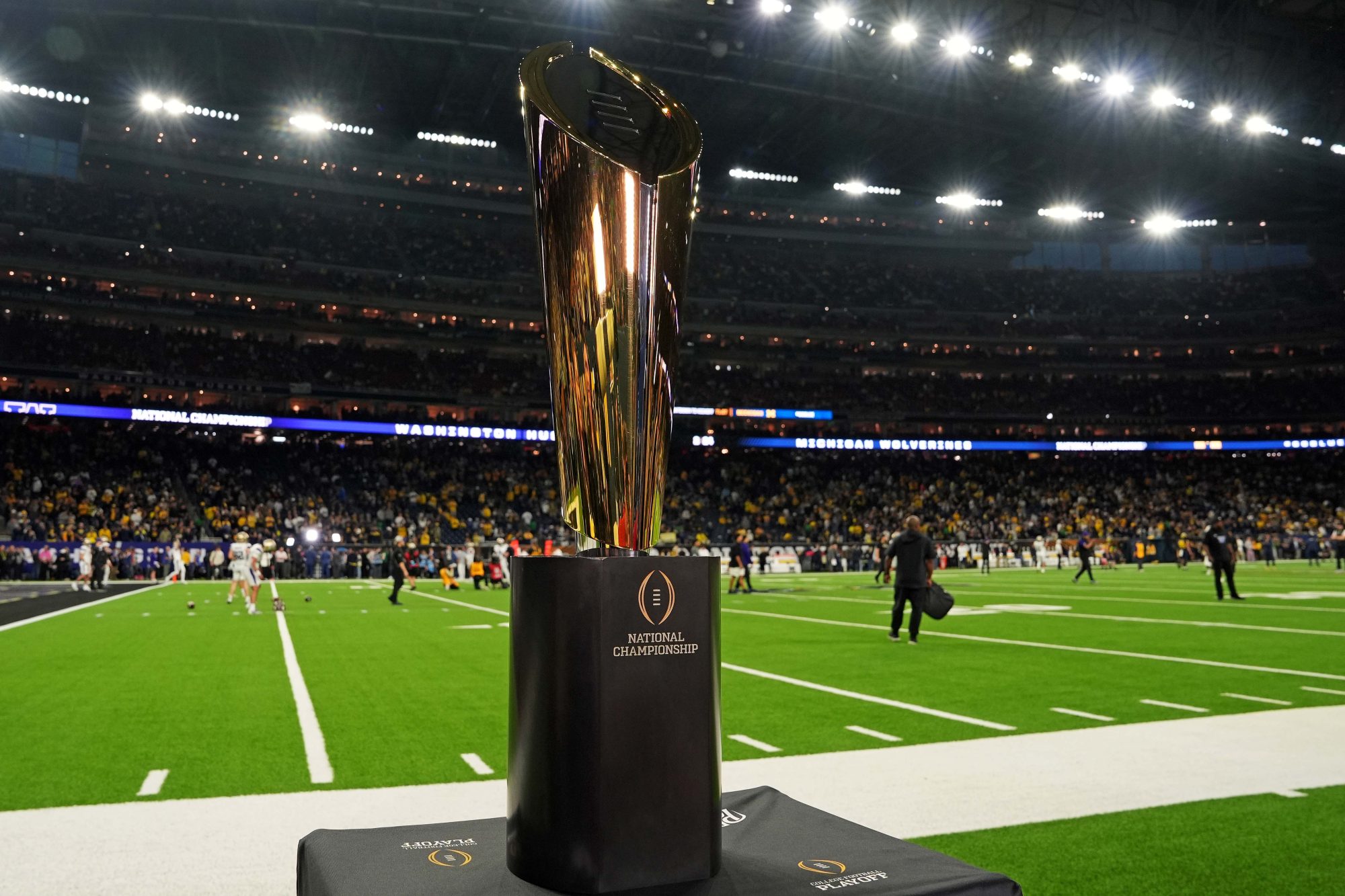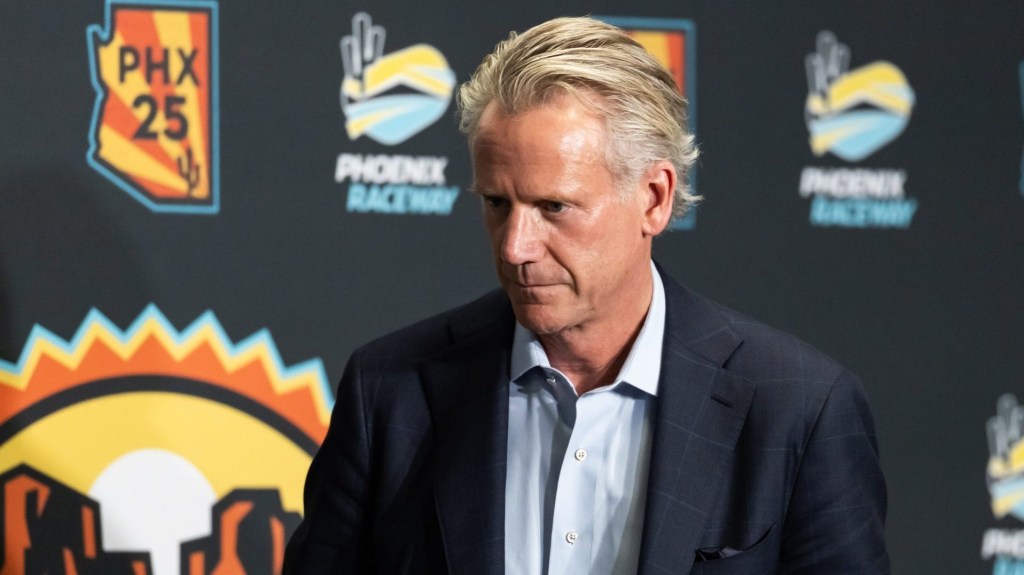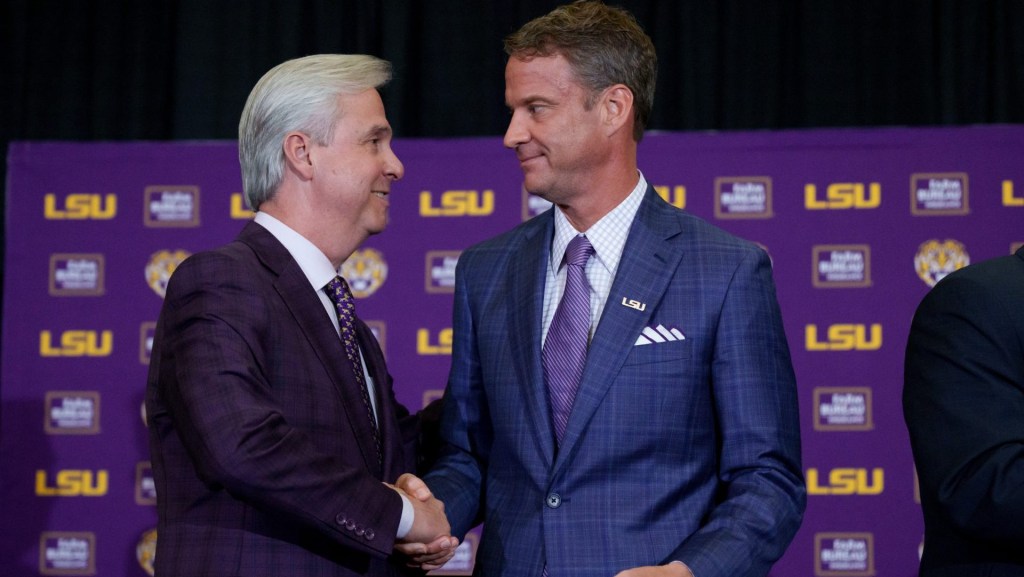On June 10, 2021, the College Football Playoff announced it would begin considering expansion. The four-team playoff was wildly popular and lucrative, but it included only three games—stunting both parity and profit. It seemed the FBS football community would be relatively amenable, agreeing to a new format so everyone could cash in.
That could not have been further from reality. A seismic wave of conference realignment set off by the SEC a few months later—that ultimately ended in the demise of the Pac-12—complicated relationships, contracts, and negotiations. The CFP did not officially rubber-stamp a 12-team format until December 2022. It then took a year and a half to iron out details and ink new contracts.
All of that is water under the bridge now. The new postseason format kicks off in mid-December, featuring 11 games culminating in the national championship in Atlanta on Jan. 20. There will be on-campus matchups, millions in new media-rights revenue, and an entire regular season to speculate on the CFP’s first postseason “bracket.” The enterprise will be led by Lieutenant General Richard Clark, who spent 38 years in the Air Force and played football for the U.S. Air Force Academy in the 1980s.
What will the 12-team playoff look like?
The first five bids will go to the champions of the top-ranked conferences: presumably, each of the Power 4 conferences and one Group of 5 conference. The other seven teams will be determined as in years past by the College Football Playoff selection committee. The format guarantees that at least one Group of 5 team will participate each year. Oregon State and Washington State, the members of the two-member Pac-12, will have the ability to qualify through at-large bids, like independents.
For the first year of the playoff, the schedule will go something like this: The first round will consist of four games on Friday, Dec. 20 and Saturday, Dec. 21. The four top-ranked conference champions will get a first-round bye, leaving the remaining eight to duke it out. These games, hosted by the higher-ranked teams, will be the first in CFP history to be played on campus.
The New Year’s Six bowl games will host the quarterfinal rounds on Dec. 31 and Jan. 1, as well as the semifinals a week later. The national championship will take place in Atlanta on Jan. 20 at Mercedes-Benz Stadium, making the entire CFP a monthlong affair for the first time.
Does ESPN still own the rights to the entire CFP?
Yes. In the spring, ESPN and the CFP signed a six-year, $7.8 billion extension of their current contract, which runs until 2026, making ESPN the owner of the playoff through the 2031–2032 season. ESPN also owns the rights to broadcast the New Year’s Six bowl games.
Not all the games will appear on ESPN platforms, however. In May, the network struck a five-year sublicensing deal with TNT, which is wading into postseason college football for the first time. For the first two years of the 12-team format, TNT will broadcast two first-round games. Then, in 2026, 2027, and 2028, the network will gain two quarterfinal matchups.
How much money is everyone going to make?
The new media deal will bring the participating conferences and schools an embarrassment of riches. In the four-team era, Power 5 conferences received $80 million each, with Group of 5 conferences receiving about $100 million total to split, according to the CFP. That revenue was derived from a TV contract worth roughly $470 million per year.
For the next two years, the revenue-distribution formula will be split similarly, though it will be derived from a much larger pot. Conferences with more members will receive slightly more money to ensure that leagues won’t suffer financially for adding more members. The official numbers won’t come out until after the playoff.
Everything changes in 2026, however. This past March, nine FBS conferences and Notre Dame signed a contract confirming their participation in the CFP through 2031. The agreement lays out a new revenue-sharing plan, which, according to multiple reports, would heavily favor the SEC and Big Ten: allowing them each 29% of the total revenue-sharing agreement. Washington State and Oregon State, the lone members of the Pac-12, will be treated as independents of sorts as the conference’s long-term future remains unclear: Their annual paychecks will reportedly tally up to $3.6 million.
Will the CFP ever expand again?
Stakeholders have already begun to consider a 14-team model, and both the CFP conference pact and the media deal with ESPN would facilitate the opportunity for playoff expansion. Though Clark, the new executive director, said this summer that the CFP is in no rush to make a decision.

















